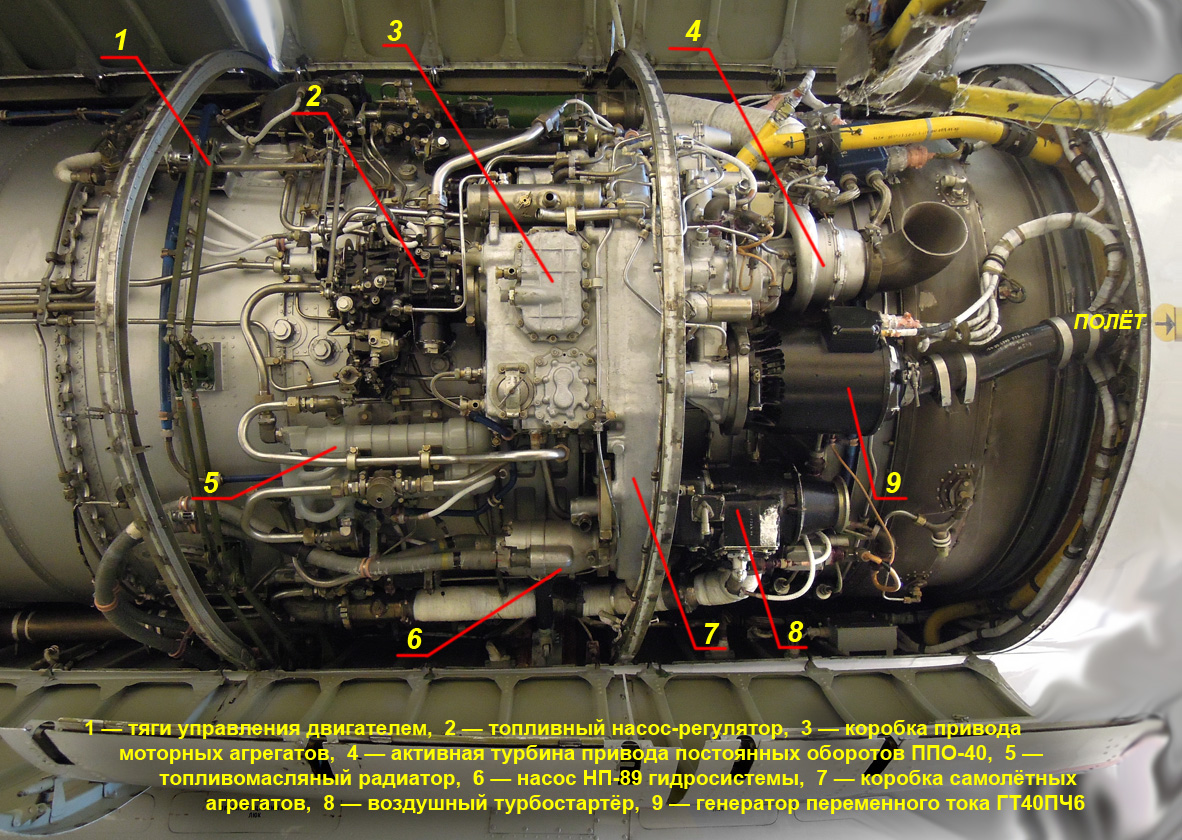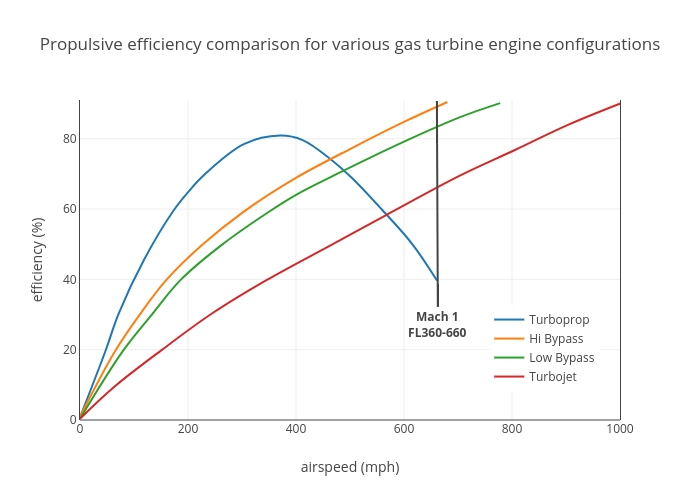|
Kuznetsov NK-8
The NK-8 was a low-bypass turbofan engine built by the Kuznetsov Design Bureau, in the thrust class. It powered production models of the Ilyushin Il-62 and the Tupolev Tu-154A and B models. Variants ;NK-8-2: (Tupolev Tu-154) ;NK-8-2U: (Tupolev Tu-154) ;NK-8-4: (Ilyushin Il-62) Applications *Ilyushin Il-62 *Tupolev Tu-154 The Tupolev Tu-154 (russian: Tyполев Ту-154; NATO reporting name: "Careless") is a three-engined, medium-range, narrow-body airliner designed in the mid-1960s and manufactured by Tupolev. A workhorse of Soviet and (subsequently) Rus ... Specifications (NK-8-2) See also References External links NK-8 on LeteckeMotory.cz- NK-8 (cs) {{Kuznetsov aeroengines Low-bypass turbofan engines 1960s turbofan engines Kuznetsov aircraft engines ... [...More Info...] [...Related Items...] OR: [Wikipedia] [Google] [Baidu] |
Turbofan
The turbofan or fanjet is a type of airbreathing jet engine that is widely used in aircraft propulsion. The word "turbofan" is a portmanteau of "turbine" and "fan": the ''turbo'' portion refers to a gas turbine engine which achieves mechanical energy from combustion, and the ''fan'', a ducted fan that uses the mechanical energy from the gas turbine to force air rearwards. Thus, whereas all the air taken in by a turbojet passes through the combustion chamber and turbines, in a turbofan some of that air bypasses these components. A turbofan thus can be thought of as a turbojet being used to drive a ducted fan, with both of these contributing to the thrust. The ratio of the mass-flow of air bypassing the engine core to the mass-flow of air passing through the core is referred to as the bypass ratio. The engine produces thrust through a combination of these two portions working together; engines that use more jet thrust relative to fan thrust are known as ''low-bypass turbofans'', ... [...More Info...] [...Related Items...] OR: [Wikipedia] [Google] [Baidu] |
WikiProject Aircraft
A WikiProject, or Wikiproject, is a Wikimedia movement affinity group for contributors with shared goals. WikiProjects are prevalent within the largest wiki, Wikipedia, and exist to varying degrees within Wikimedia project, sister projects such as Wiktionary, Wikiquote, Wikidata, and Wikisource. They also exist in different languages, and translation of articles is a form of their collaboration. During the COVID-19 pandemic, CBS News noted the role of Wikipedia's WikiProject Medicine in maintaining the accuracy of articles related to the disease. Another WikiProject that has drawn attention is WikiProject Women Scientists, which was profiled by ''Smithsonian Magazine, Smithsonian'' for its efforts to improve coverage of women scientists which the profile noted had "helped increase the number of female scientists on Wikipedia from around 1,600 to over 5,000". On Wikipedia Some Wikipedia WikiProjects are substantial enough to engage in cooperative activities with outside organization ... [...More Info...] [...Related Items...] OR: [Wikipedia] [Google] [Baidu] |
Soloviev D-30
The Soloviev D-30 (now the Aviadvigatel PS-30) is a Soviet two-shaft low-bypass turbofan engine, officially referred to as a "bypass turbojet". It is probably the single most important turbofan engine developed in the Soviet Union. Development of the turbofan spurred numerous growth versions with increased fan diameter and modified component arrangements. Developed within an amazingly short period of time (about three years), the D-30 turned out to be one of the most reliable engines in the history of Soviet engine development, and it was recognized with the USSR State Prize. Design and development The original version of the Soloviev D-30 was developed specifically to power the Tupolev Tu-134 short-to-medium range jet airliner; however, it also served as a base for the development of a family of advanced engines. Engine development was started in the early 60s. Nevertheless, by 1966, the engine was put into serial production. The D-30 engine has a two-stage compression spool, a ... [...More Info...] [...Related Items...] OR: [Wikipedia] [Google] [Baidu] |
Rolls-Royce Conway
The Rolls-Royce RB.80 Conway was the first turbofan engine to enter service. Development started at Rolls-Royce in the 1940s, but the design was used only briefly, in the late 1950s and early 1960s, before other turbofan designs replaced it. However, the Conway engine was used in versions of the Handley Page Victor, Vickers VC10, Boeing 707-420 and Douglas DC-8-40. The name "Conway" is the English spelling of the River Conwy, in Wales, in keeping with Rolls' use of river names for gas turbine engines. Development Background Alan Arnold Griffith had proposed a number of different bypass or turbofan engine designs as early as the 1930s while he and Hayne Constant were trying to get their axial-flow jet engines working at the Royal Aircraft Establishment. However, simpler turbojet designs were prioritized during World War II for their use in military applications. Priorities changed dramatically at the end of the war and in 1946 Rolls-Royce agreed that existing engines like th ... [...More Info...] [...Related Items...] OR: [Wikipedia] [Google] [Baidu] |
Pratt & Whitney JT8D
The Pratt & Whitney JT8D is a low-bypass (0.96 to 1) turbofan engine introduced by Pratt & Whitney in February 1963 with the inaugural flight of the Boeing 727. It was a modification of the Pratt & Whitney J52 turbojet engine which powered the US Navy A-6 Intruder and A-4 Skyhawk attack aircraft. Eight models comprise the JT8D standard engine family, covering the thrust range from 12,250 to 17,400 pounds-force (62 to 77 kN), and power 727, 737-100/200, and DC-9. The updated JT8D-200 family, covering the 18,900 to 21,000 pounds-force (84 to 93 kN), powers the MD-80 and re-engined Super 27 aircraft. The Volvo RM8 was license-built in Sweden for the Saab 37 Viggen fighter. Pratt & Whitney also sells static versions for powerplant and ship propulsion as the FT8. Design The JT8D is an axial-flow front turbofan engine incorporating a two-spool design. There are two coaxially-mounted independent rotating assemblies: one rotating assembly for the low pressure compres ... [...More Info...] [...Related Items...] OR: [Wikipedia] [Google] [Baidu] |
Pratt & Whitney JT3D
The Pratt & Whitney JT3D is an early turbofan aircraft engine derived from the Pratt & Whitney JT3C. It was first run in 1958 and was first flown in 1959 under a B-45 Tornado test aircraft. Over 8,000 JT3Ds were produced between 1959 and 1985. Most JT3D engines still in service today are used on military aircraft, where the engine is referred to by its US military designation of TF33. Design and development Aware of the competition from the Rolls-Royce Conway turbofan, Pratt & Whitney decided to develop the JT3D turbofan from the JT3C turbojet for later deliveries of the Boeing 707 and the Douglas DC-8, then nearing entry into service. A 2-stage fan replaced the first 3 stages of the 9-stage JT3C LP compressor. On the LP turbine, the second stage was enlarged and a third stage added. Unlike GE with the CJ805-23, Pratt & Whitney had not undertaken any transonic fan research prior to designing the JT3D, so they were unable to incorporate a single stage unit into the specification ... [...More Info...] [...Related Items...] OR: [Wikipedia] [Google] [Baidu] |
List Of Aircraft Engines
This is an alphabetical list of aircraft engines by manufacturer. 0–9 2si * 2si 215 * 2si 230 * 2si 430 * 2si 460 * 2si 500 * 2si 540 *2si 690 3W ''Source: RMV'' *3W 106iB2 *3W-110 *3W-112 *3W-170 *3W-210 *3W-220 A Abadal (Francisco Serramalera Abadal) *Abadal Y-12 350/400 hp ABC ''Source: Lumsden.'' * ABC 8 hp * ABC 30hp V-4 * ABC 45hp V-6 * ABC 60hp V-8 * ABC 85hp V-6 * ABC 100hp V-8 * ABC 115 hp * ABC 170hp V-12 * ABC 225hp V-16 * ABC Dragonfly *ABC Gadfly *ABC Gnat * ABC Hornet *ABC Mosquito * ABC Scorpion * ABC Wasp *ABC type 10 APU *ABC type 11 APU ABECO ''Source: RMV'' *ABECO GEM Aberg ''Source: RMV'' *Type Sklenar ABLE ''Source: RMV'', Able Experimental Aircraft Engine Co. (Able Experimental Aircraft Engine Co., Altimizer, Hoverhawk (US)) *ABLE 2275 *ABLE 2500 *ABLE VW x 2 Geared Drive Accurate Automation Corp *Accurate Automation AT-1500 *Accurate Automation AT-1700 Ace (Ace American Engr Corp, Horace Keane Aeroplane Co, North ... [...More Info...] [...Related Items...] OR: [Wikipedia] [Google] [Baidu] |
Soviet Union
The Soviet Union,. officially the Union of Soviet Socialist Republics. (USSR),. was a List of former transcontinental countries#Since 1700, transcontinental country that spanned much of Eurasia from 1922 to 1991. A flagship communist state, it was nominally a Federation, federal union of Republics of the Soviet Union, fifteen national republics; in practice, both Government of the Soviet Union, its government and Economy of the Soviet Union, its economy were highly Soviet-type economic planning, centralized until its final years. It was a one-party state governed by the Communist Party of the Soviet Union, with the city of Moscow serving as its capital as well as that of its largest and most populous republic: the Russian Soviet Federative Socialist Republic, Russian SFSR. Other major cities included Saint Petersburg, Leningrad (Russian SFSR), Kyiv, Kiev (Ukrainian Soviet Socialist Republic, Ukrainian SSR), Minsk (Byelorussian Soviet Socialist Republic, Byelorussian SSR), Tas ... [...More Info...] [...Related Items...] OR: [Wikipedia] [Google] [Baidu] |
Turbofan
The turbofan or fanjet is a type of airbreathing jet engine that is widely used in aircraft propulsion. The word "turbofan" is a portmanteau of "turbine" and "fan": the ''turbo'' portion refers to a gas turbine engine which achieves mechanical energy from combustion, and the ''fan'', a ducted fan that uses the mechanical energy from the gas turbine to force air rearwards. Thus, whereas all the air taken in by a turbojet passes through the combustion chamber and turbines, in a turbofan some of that air bypasses these components. A turbofan thus can be thought of as a turbojet being used to drive a ducted fan, with both of these contributing to the thrust. The ratio of the mass-flow of air bypassing the engine core to the mass-flow of air passing through the core is referred to as the bypass ratio. The engine produces thrust through a combination of these two portions working together; engines that use more jet thrust relative to fan thrust are known as ''low-bypass turbofans'', ... [...More Info...] [...Related Items...] OR: [Wikipedia] [Google] [Baidu] |






